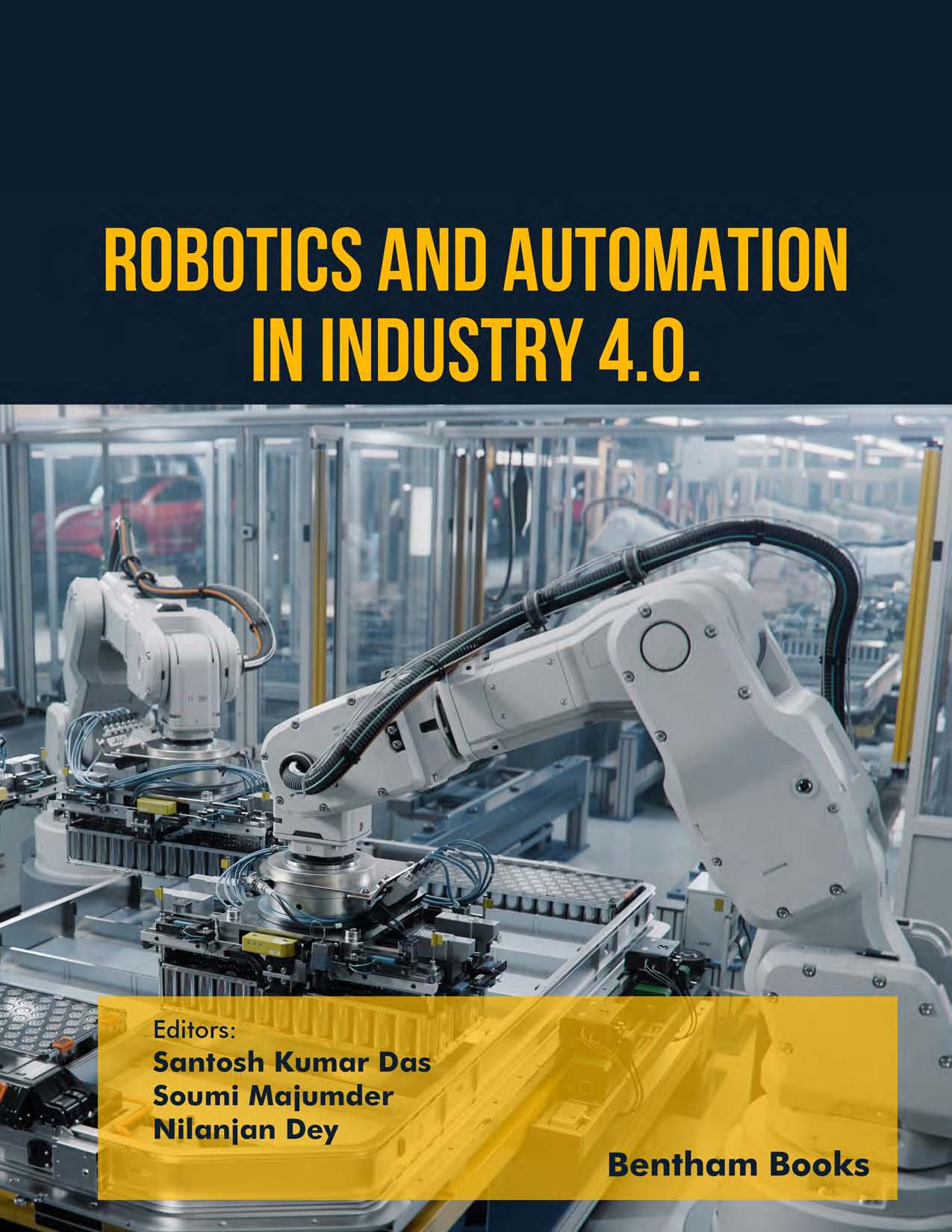Introduction
Robotics and Automation in Industry 4.0 explores the transformative role of robotics, automation, and emerging technologies in the modern industrial landscape. The book is divided into four comprehensive sections, each focusing on key areas of Industry 4.0. These are: 1) Robotics: Applications and Advancements, 2) Renewable Energy Applications, 3), FinTech, and 4) Multidisciplinary approaches. It compiles 13 chapters offering insights into the latest advancements and provides practical guidance for navigating the evolving industrial landscape.
Robotics and Automation in Industry 4.0 provides a comprehensive overview of technical advancements within the context of Industry 4.0. Chapters cover nanorobotics, deep Q-learning for robot path planning, and the design of smart devices. The content also explores the integration of renewable energy in industrial processes and the impact of Industry 4.0 on manufacturing. Additionally, it explains FinTech innovations, including blockchain applications in healthcare and IoT systems. The final section addresses deep learning, IT sector attrition, and solid-state devices, emphasizing a multidisciplinary approach to modern challenges.
This book is a valuable resource for professionals, researchers, and students seeking to understand the implications of Industry 4.0 for different industries.
Readership
Professionals, researchers, and students.

